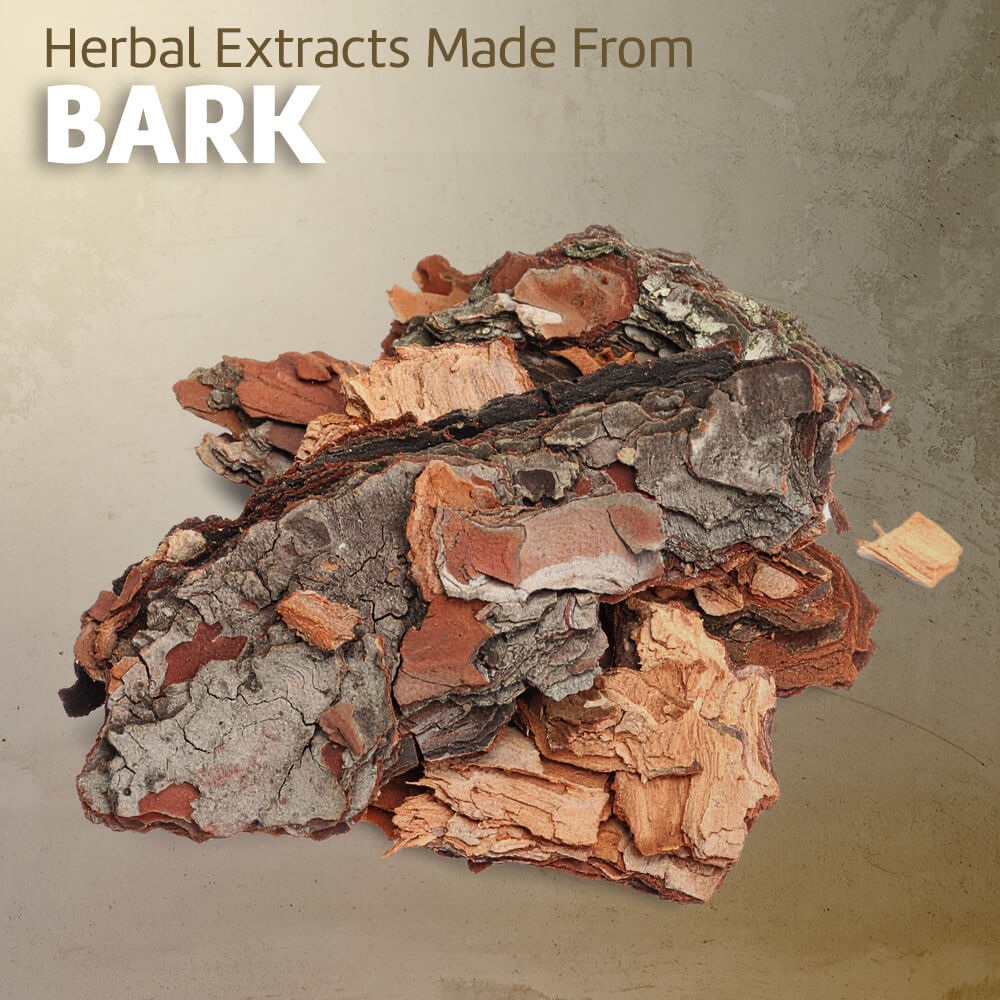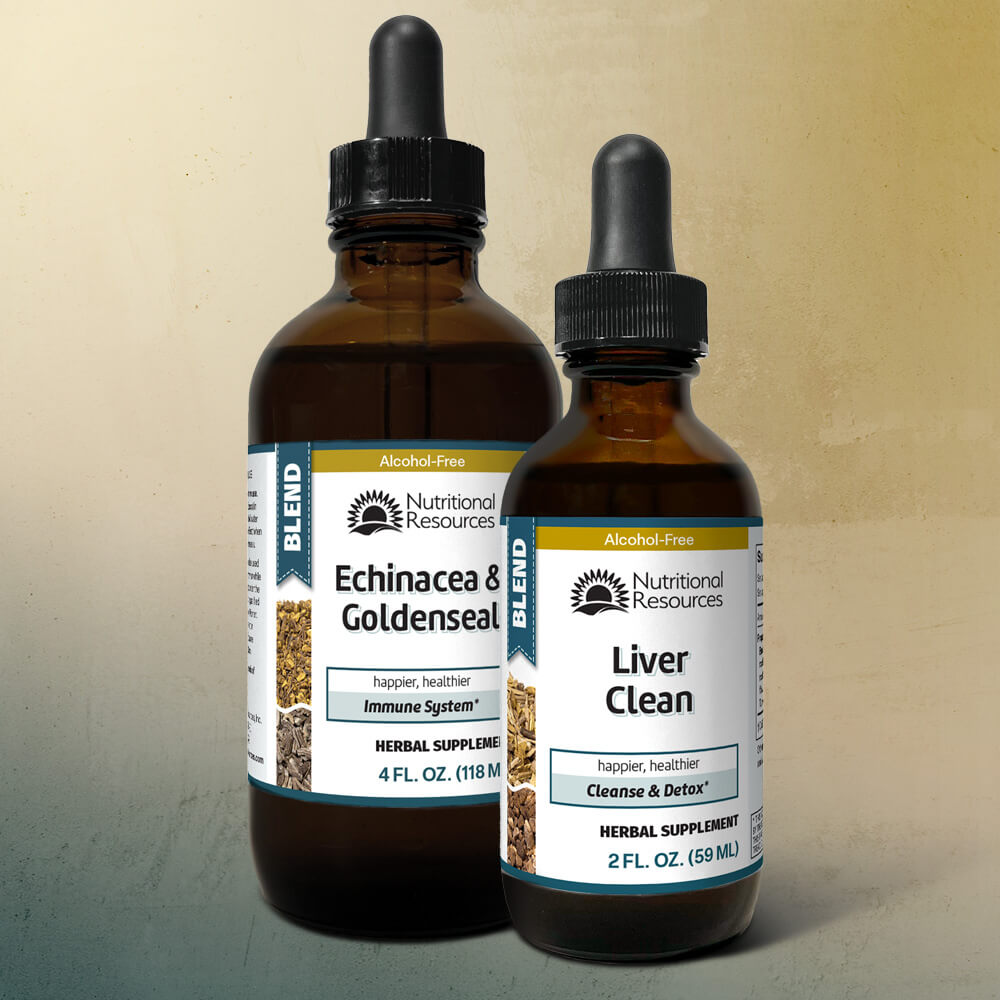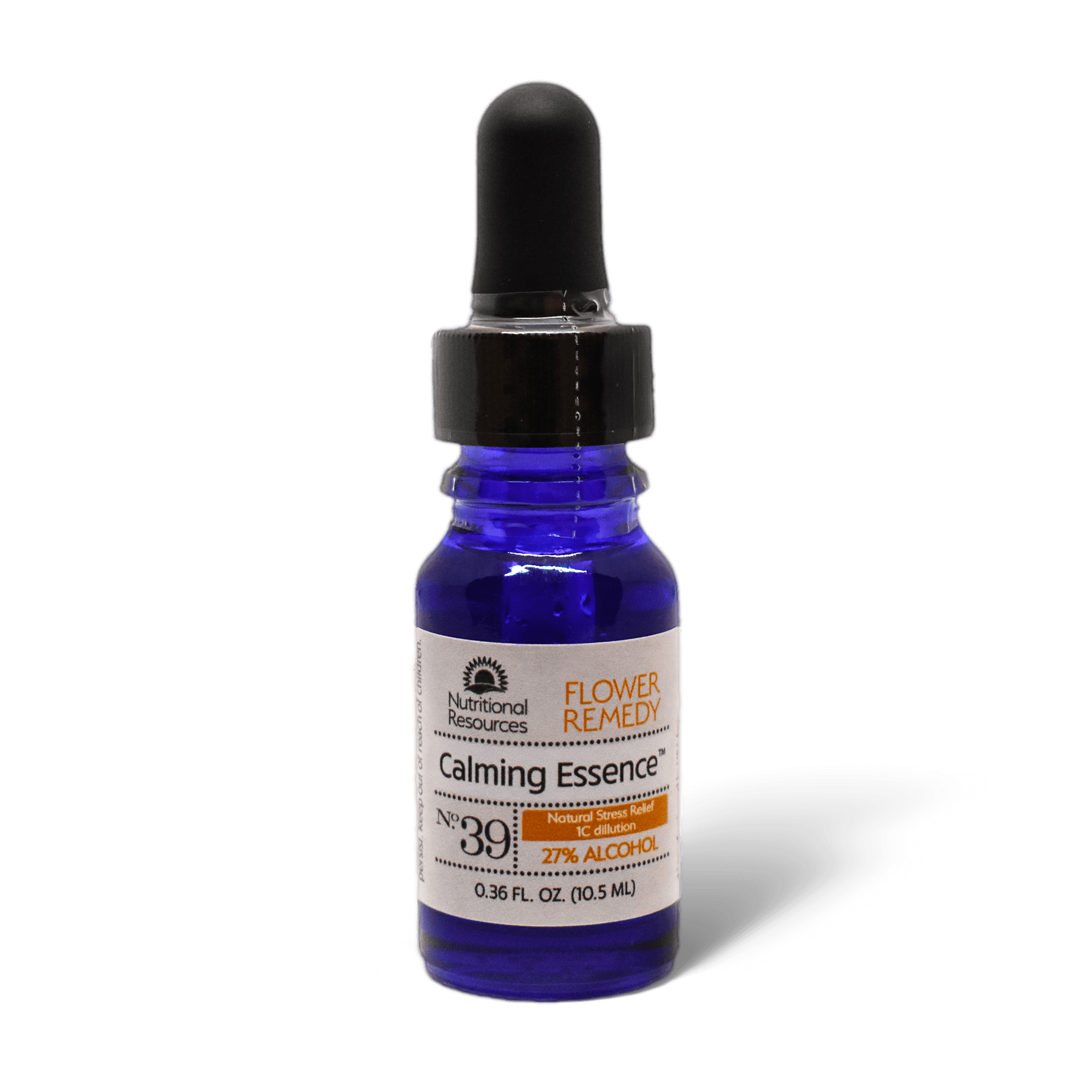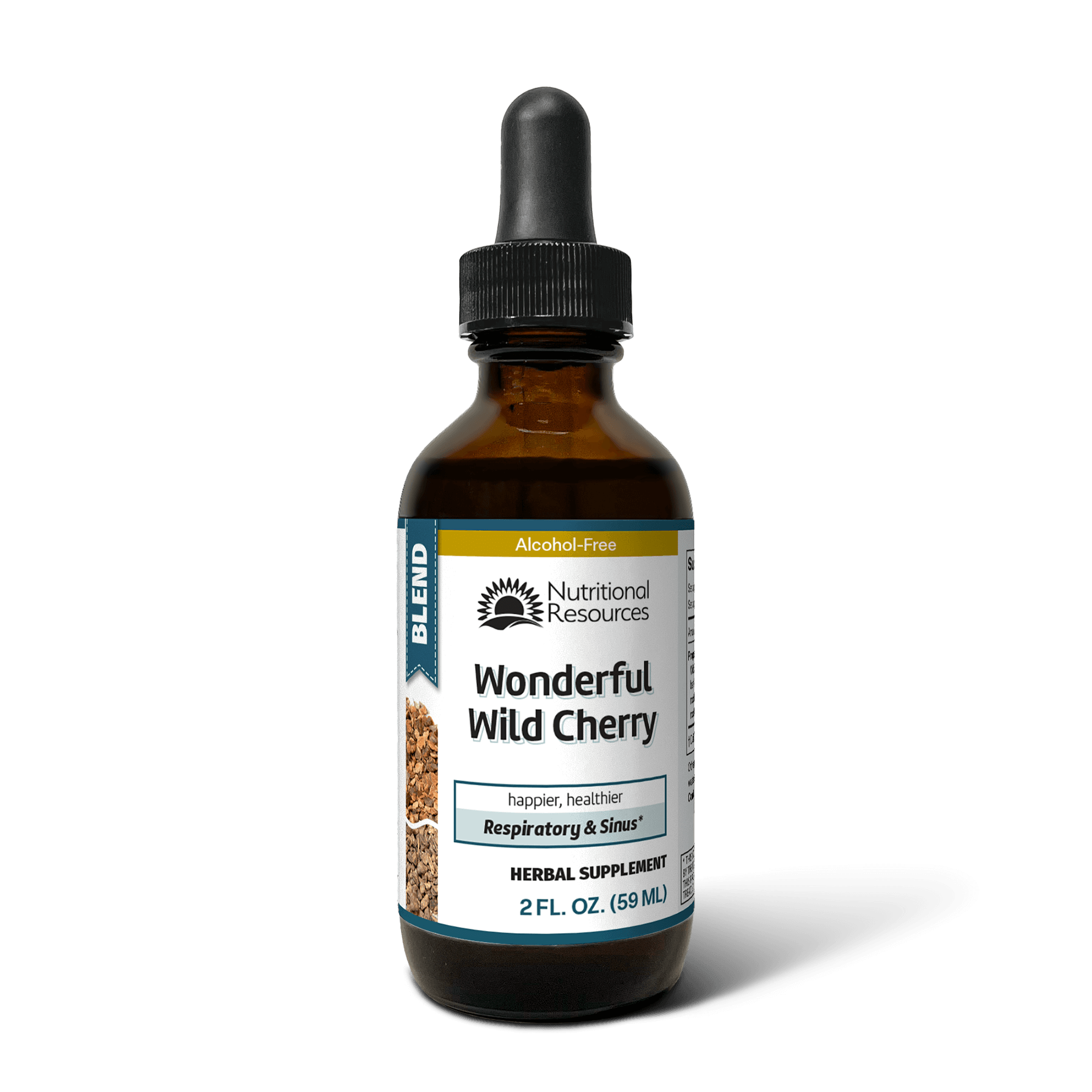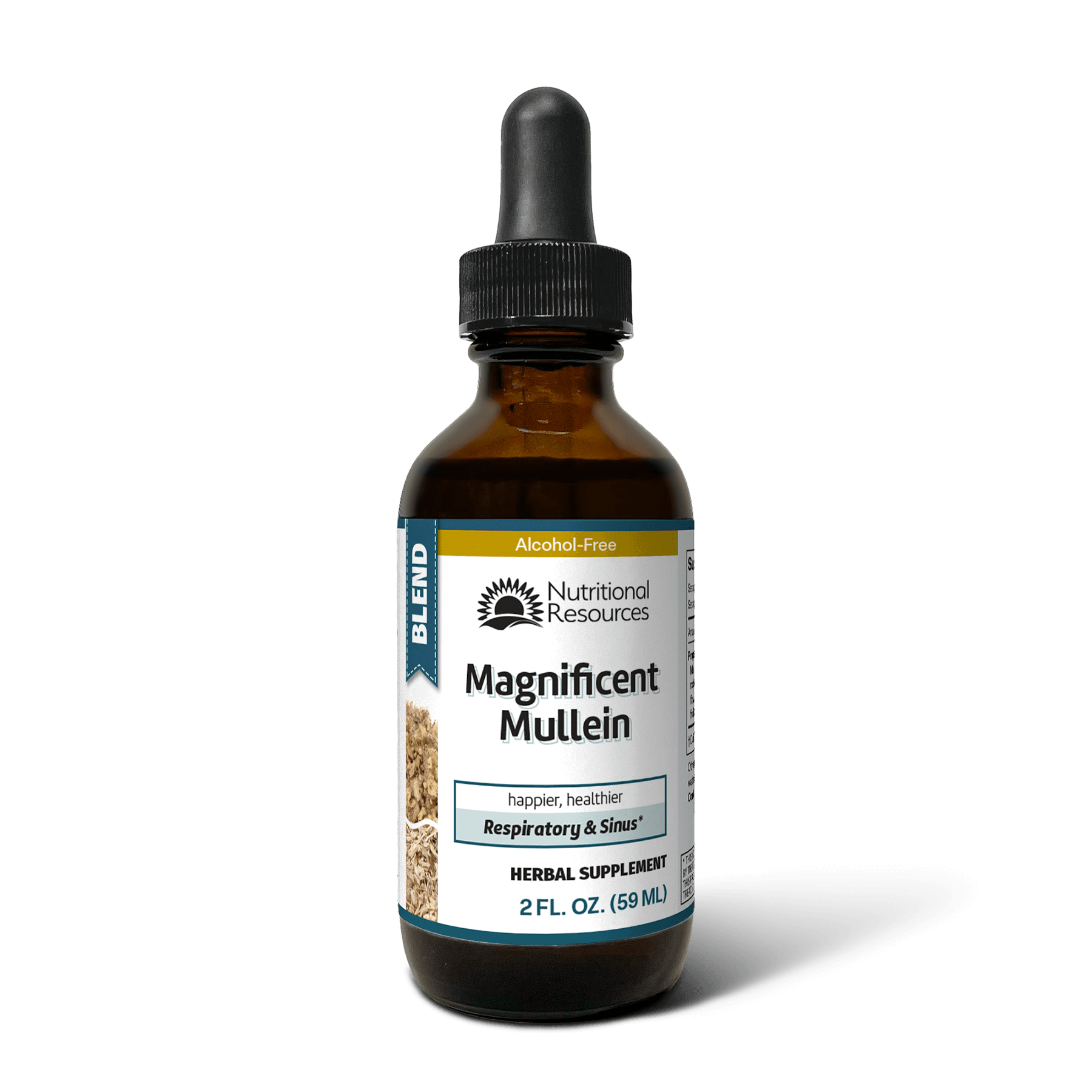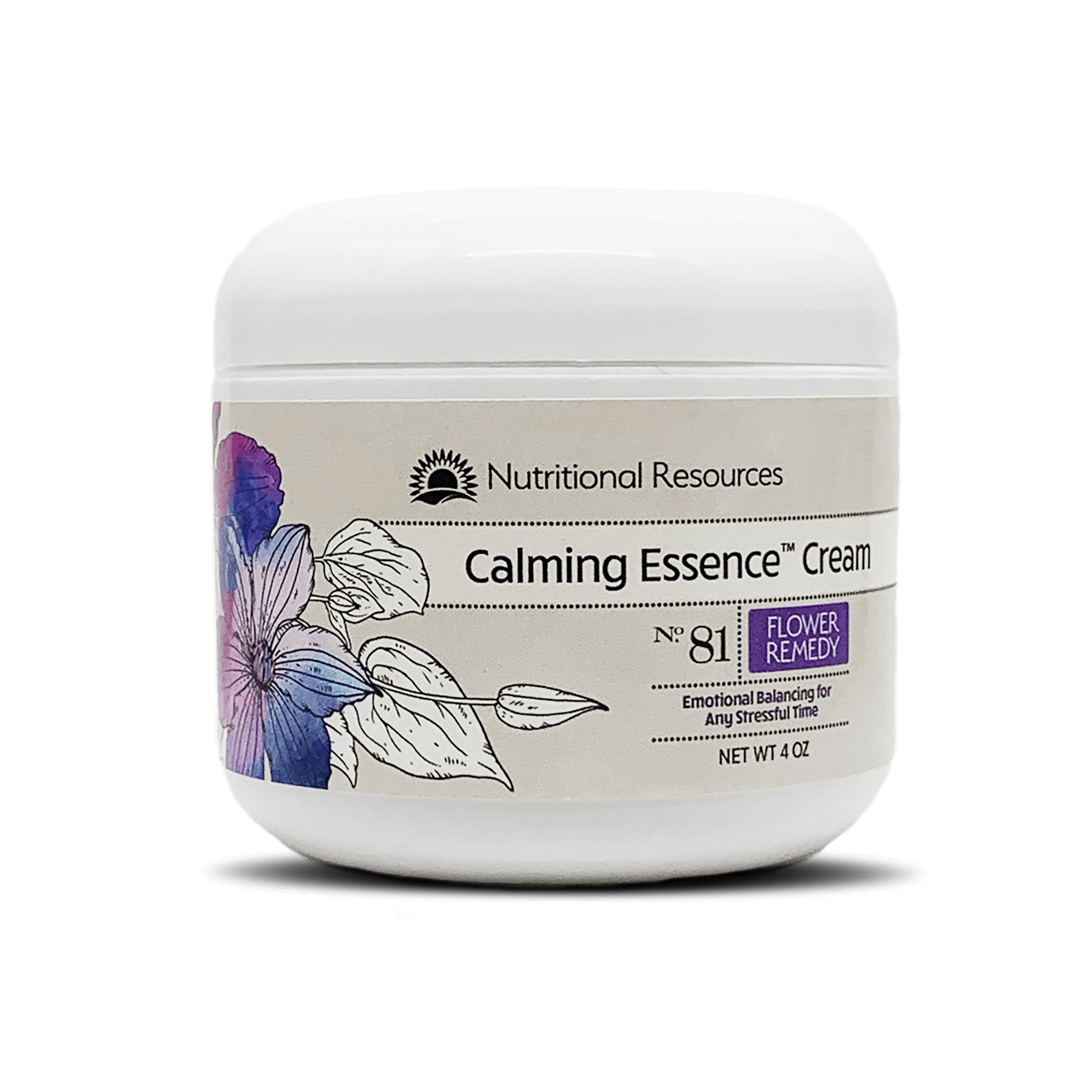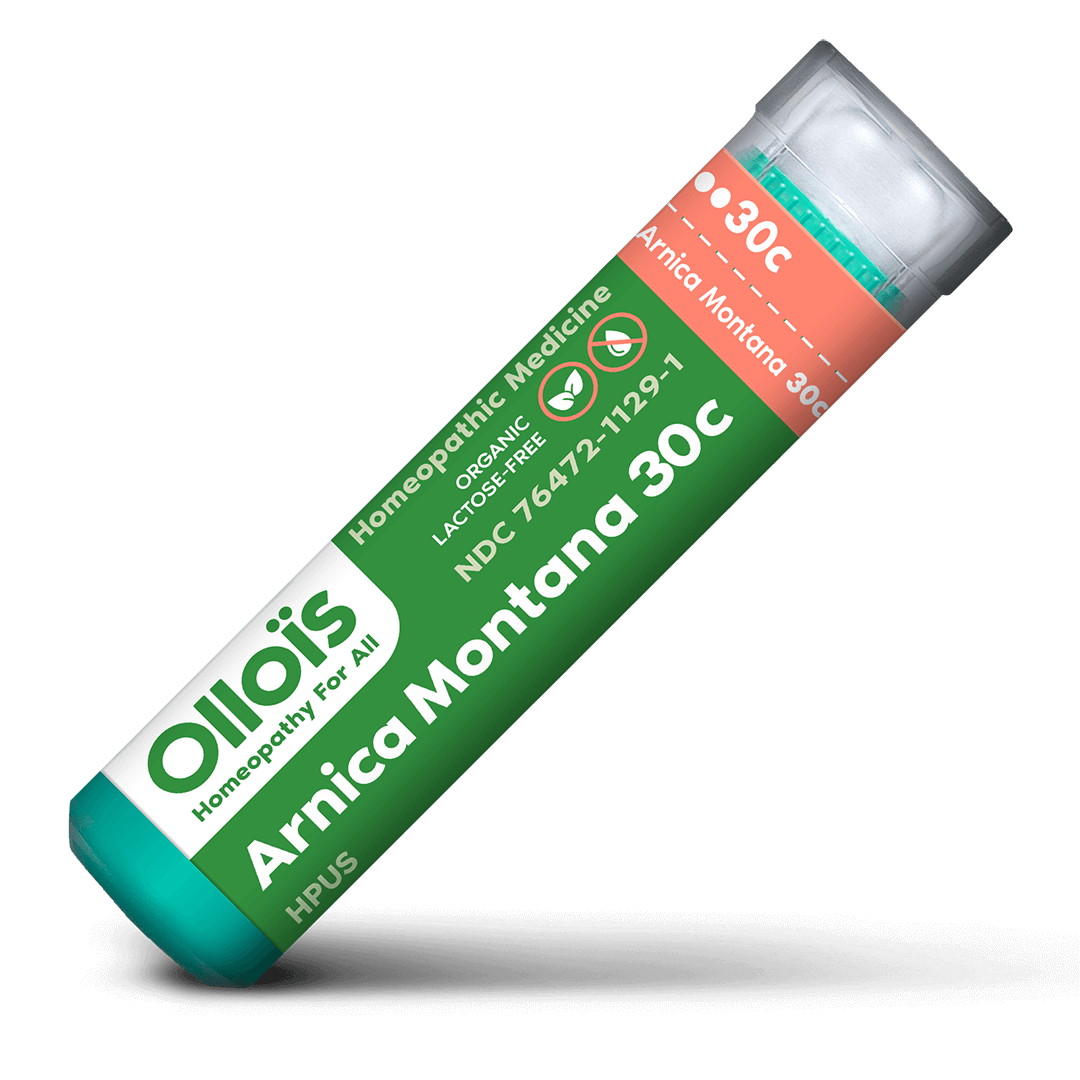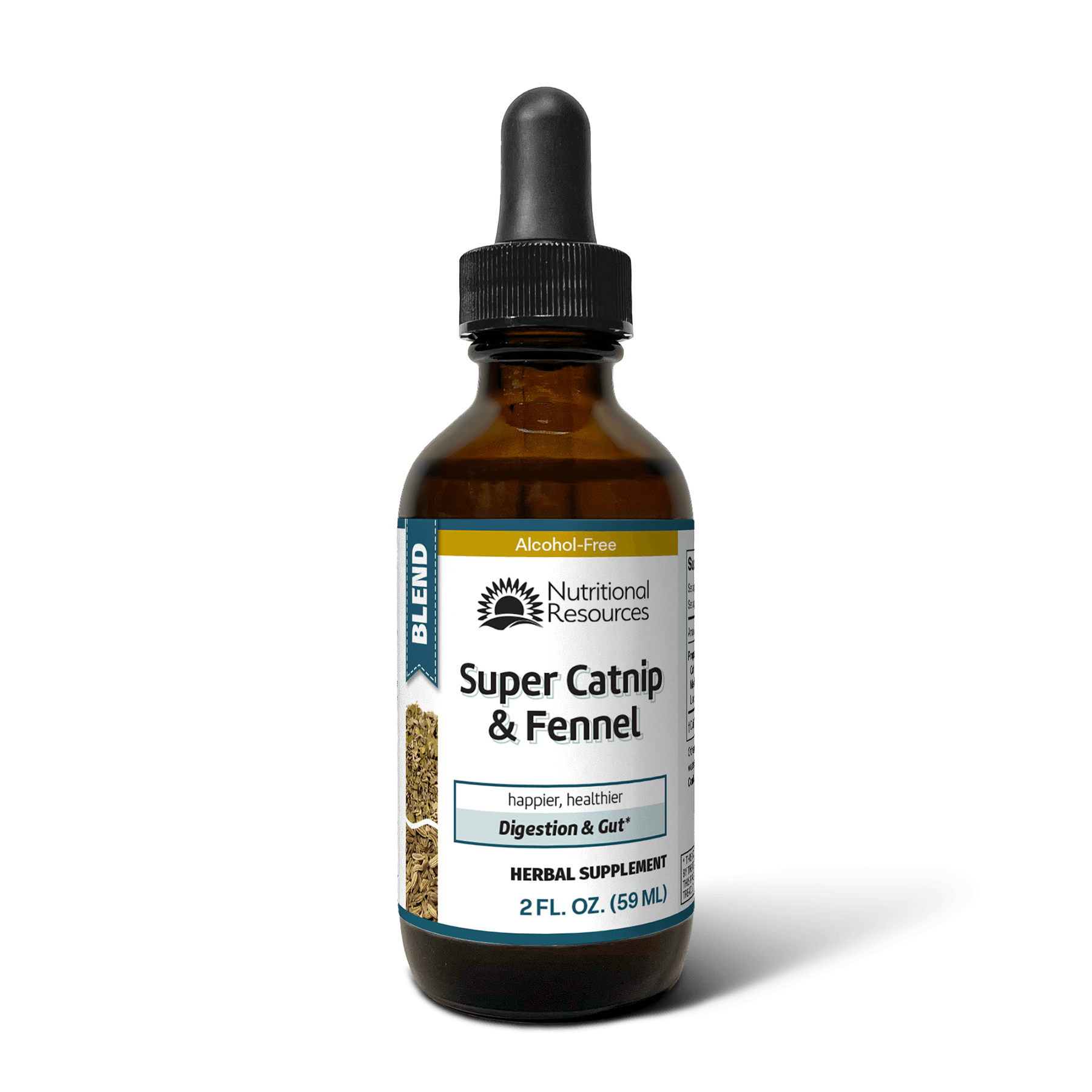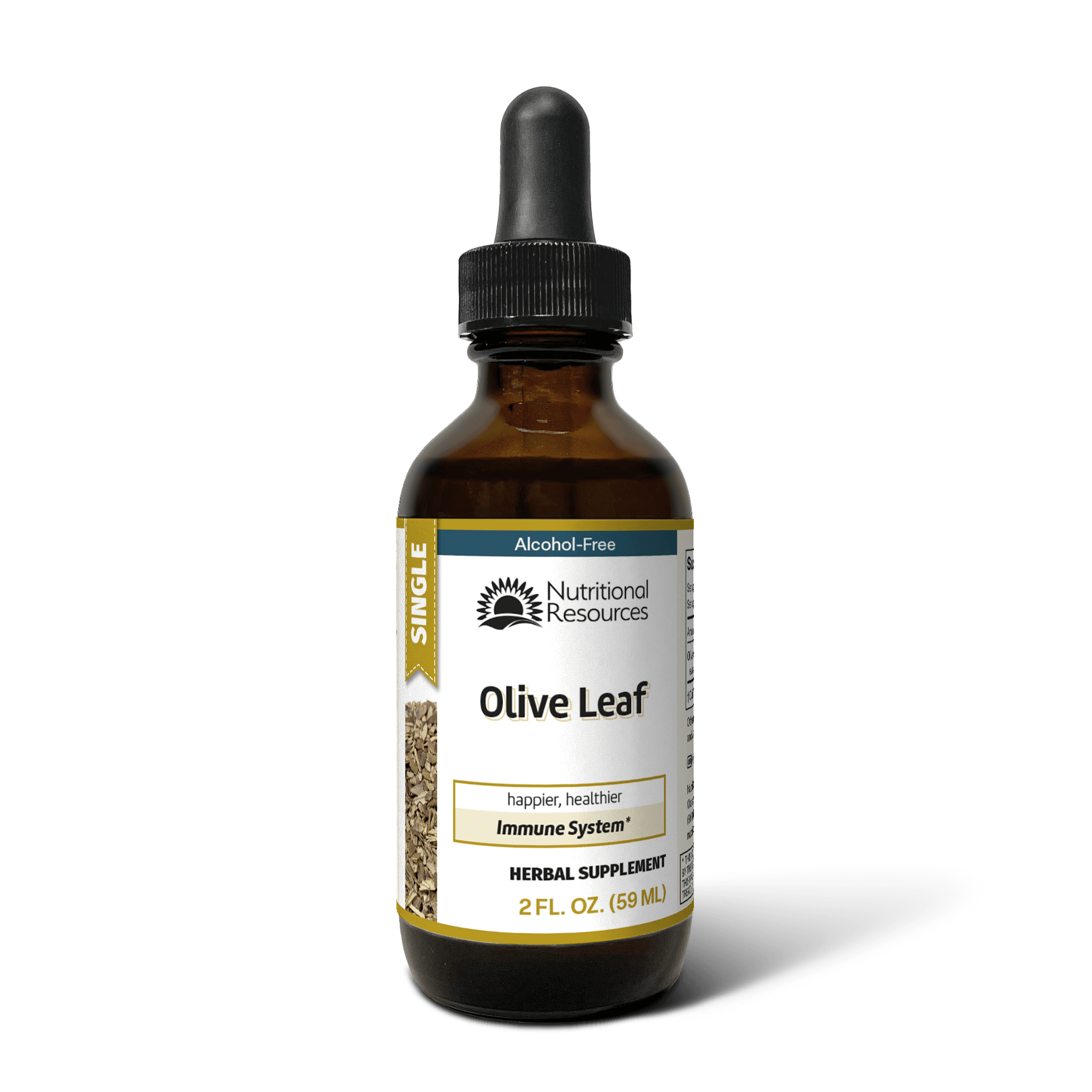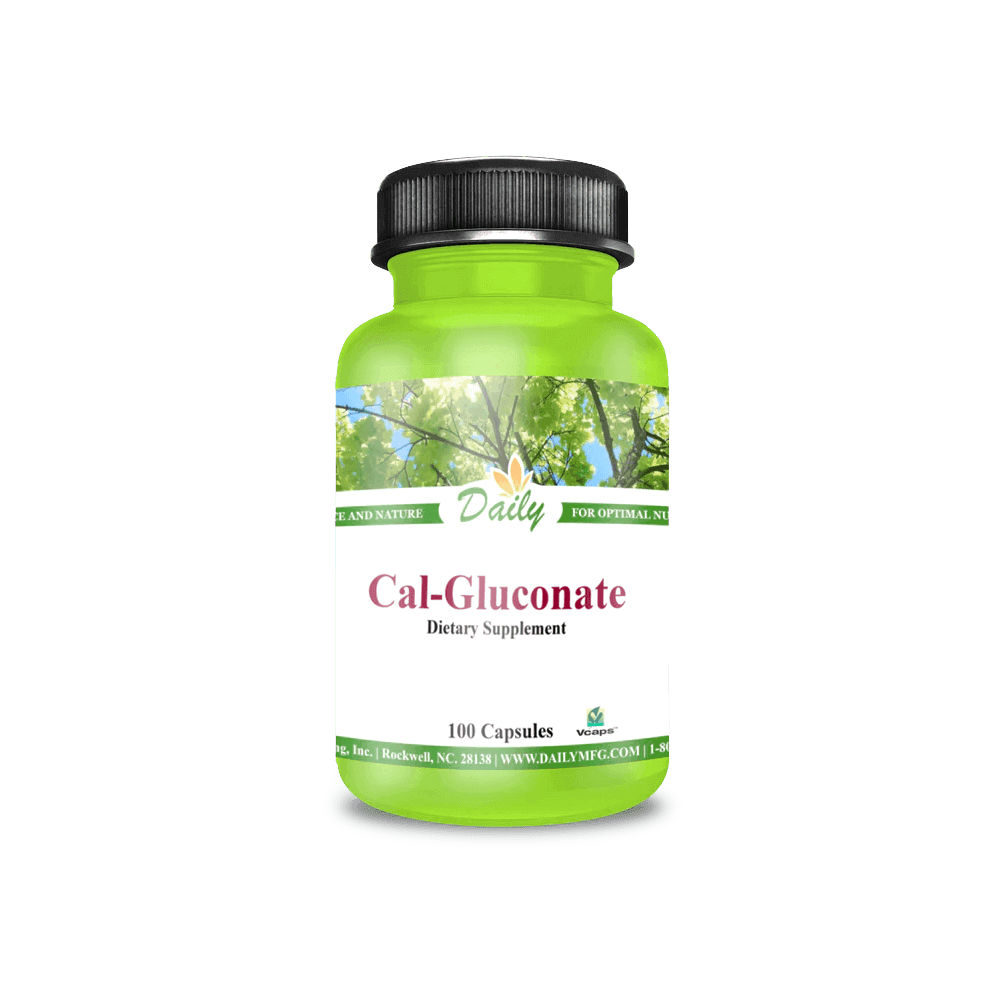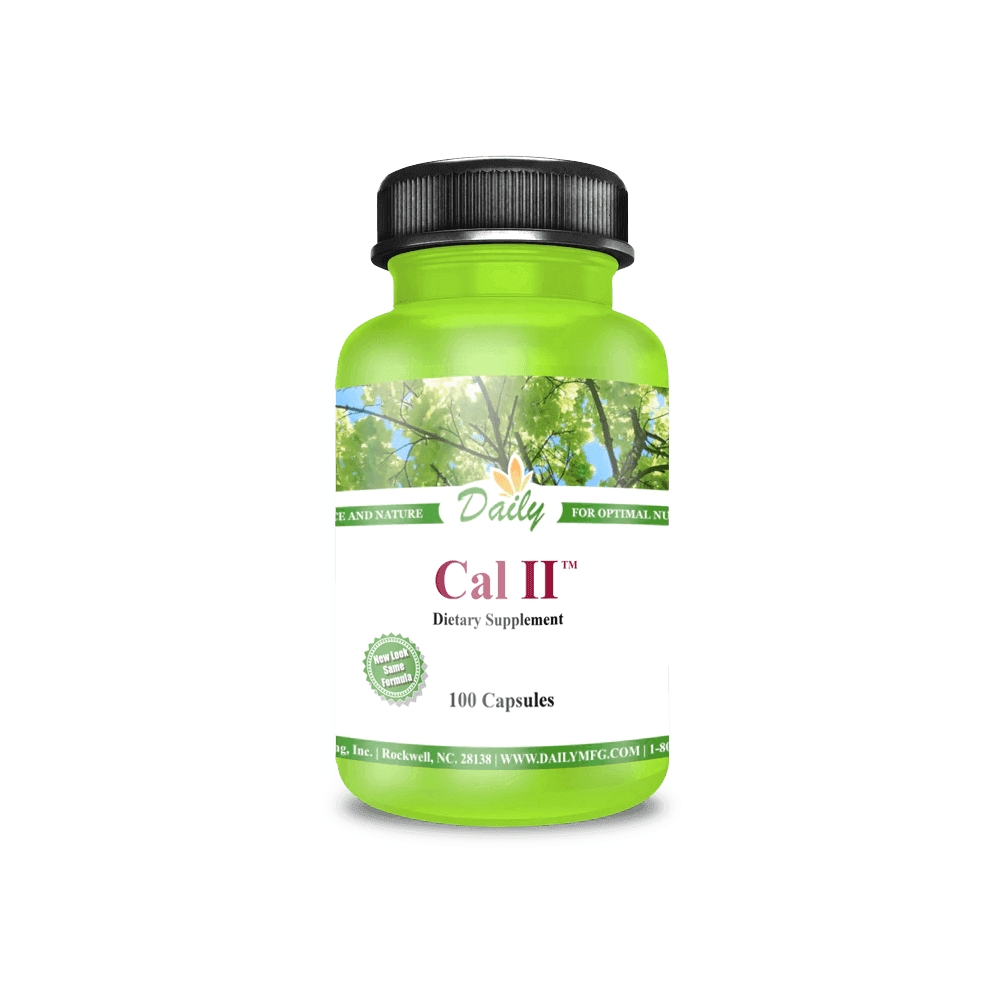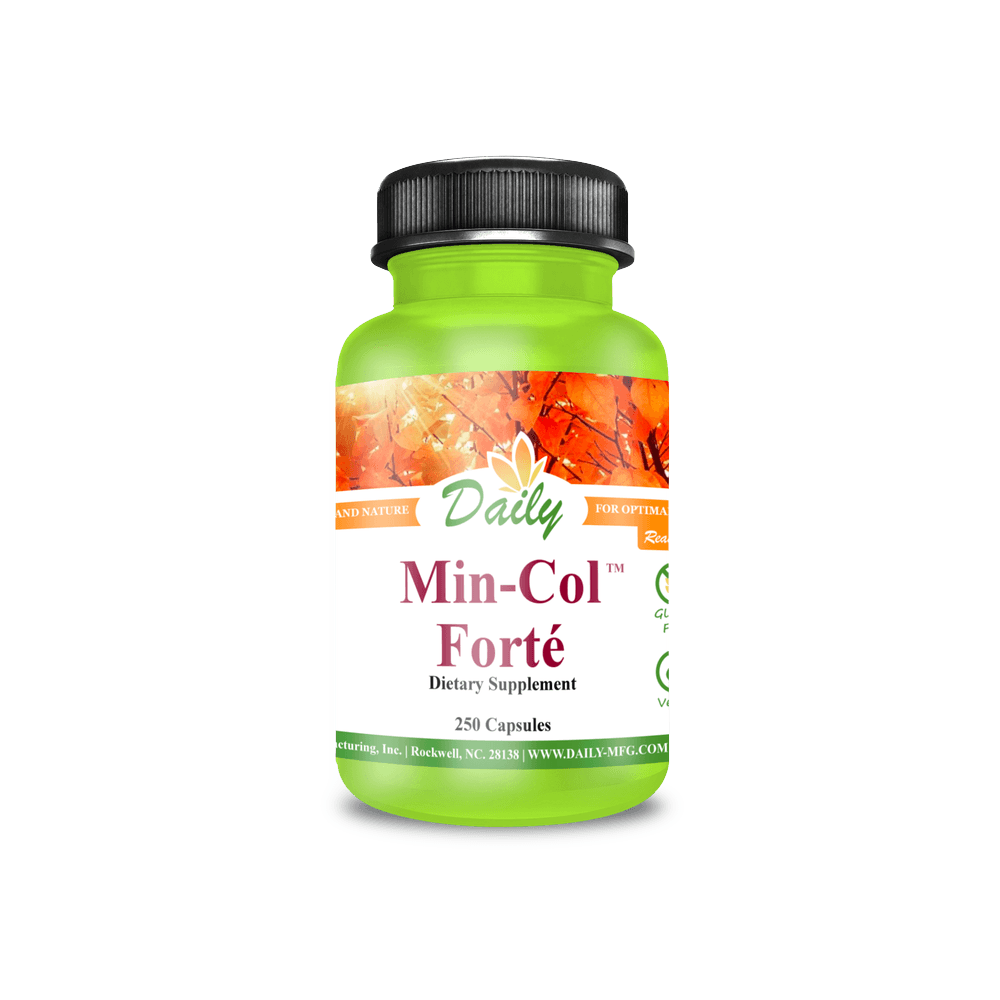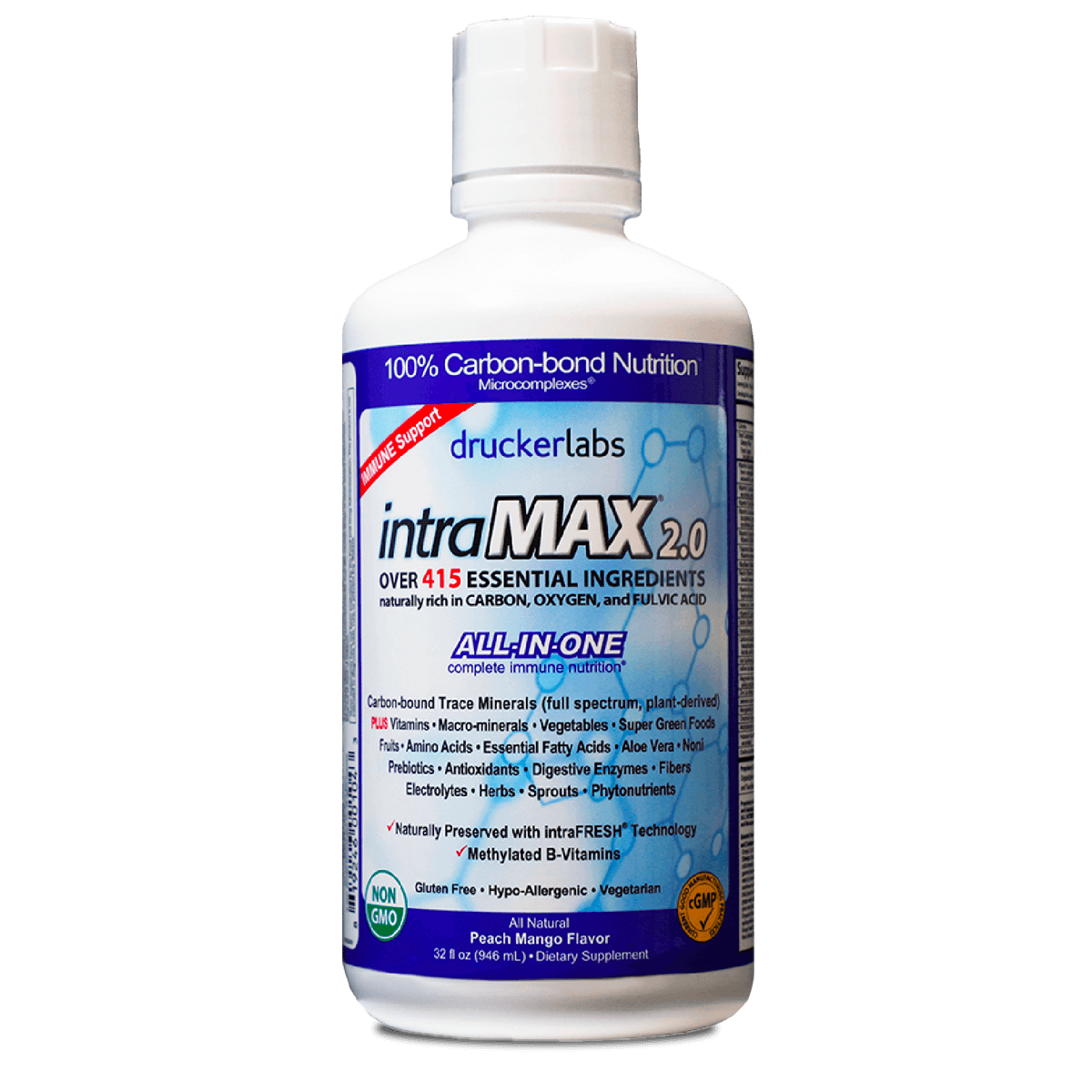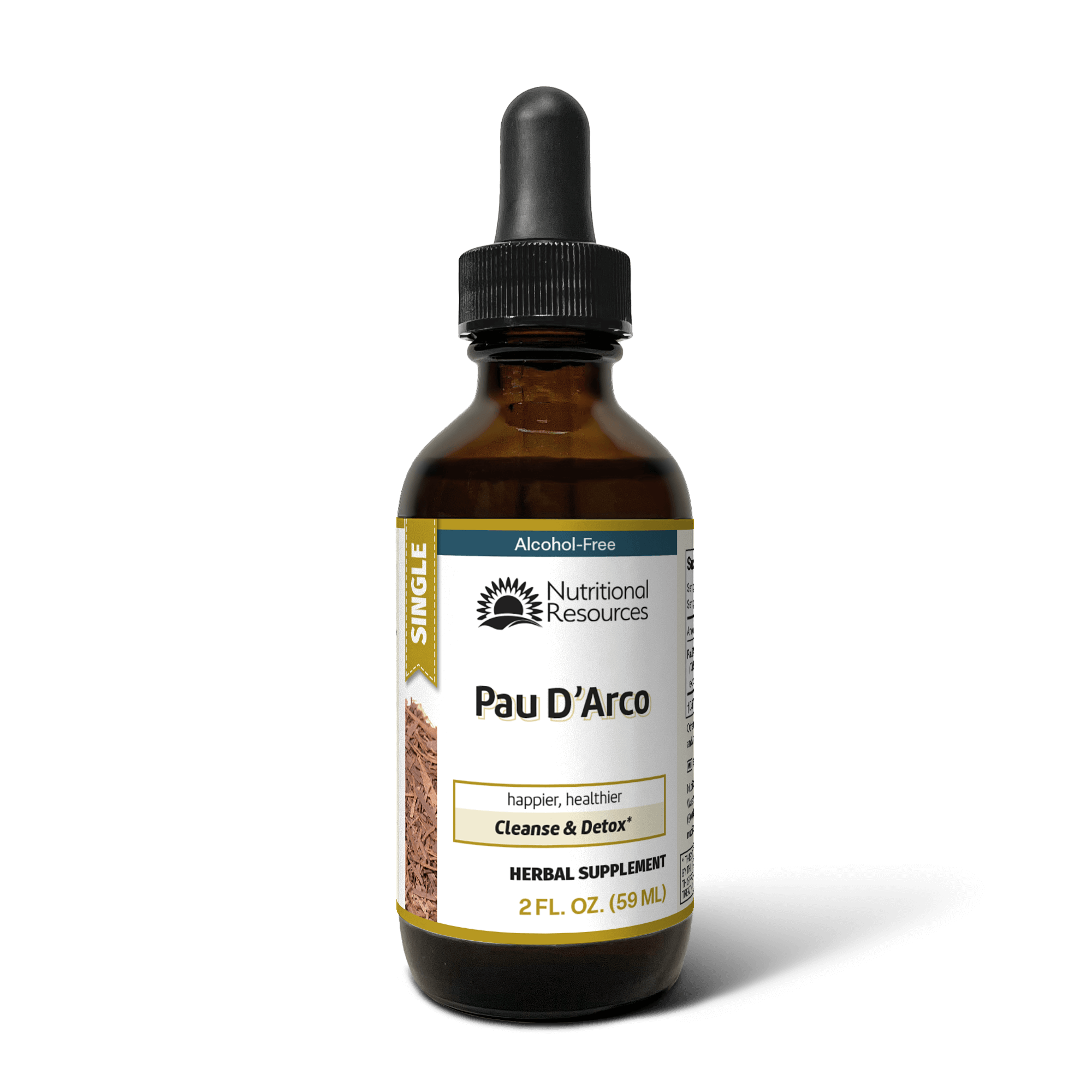
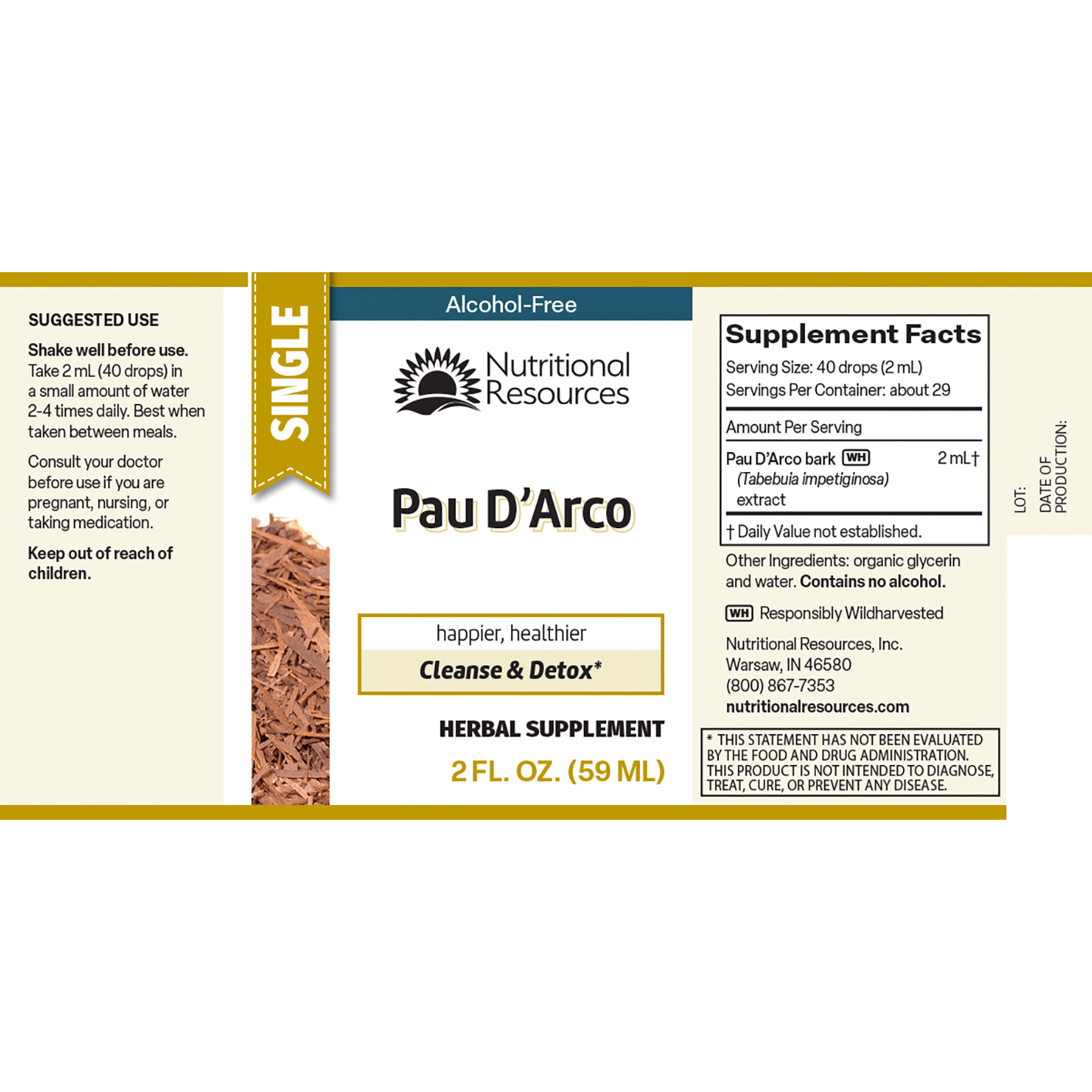
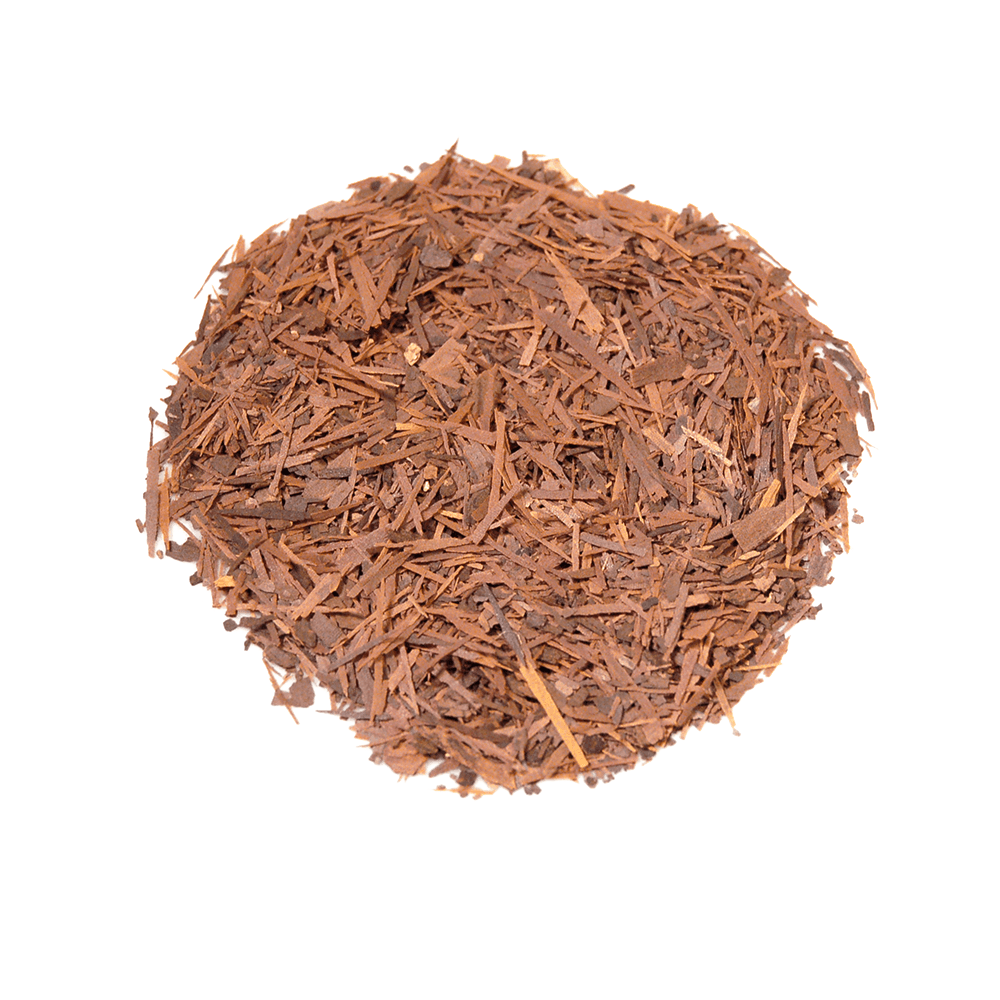
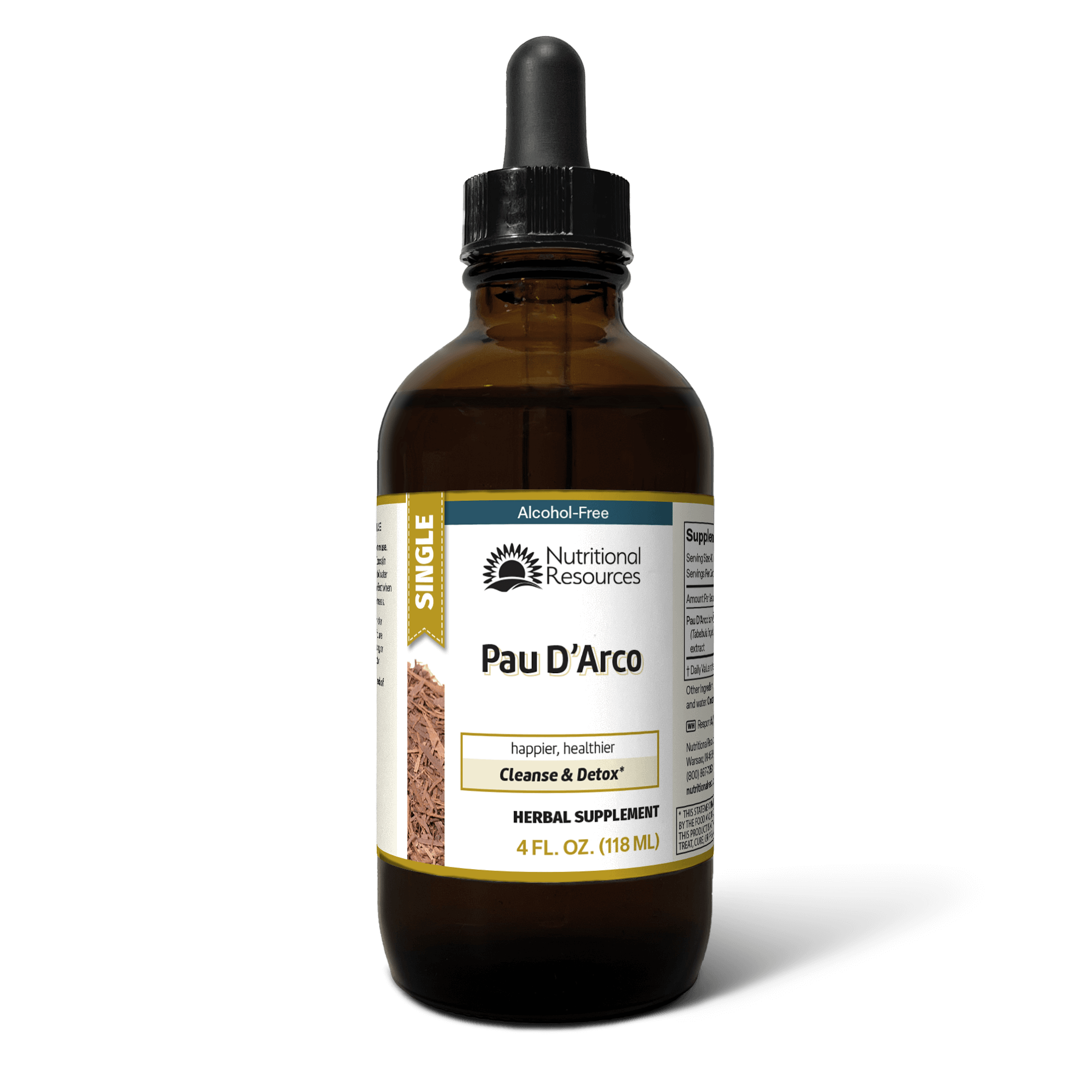
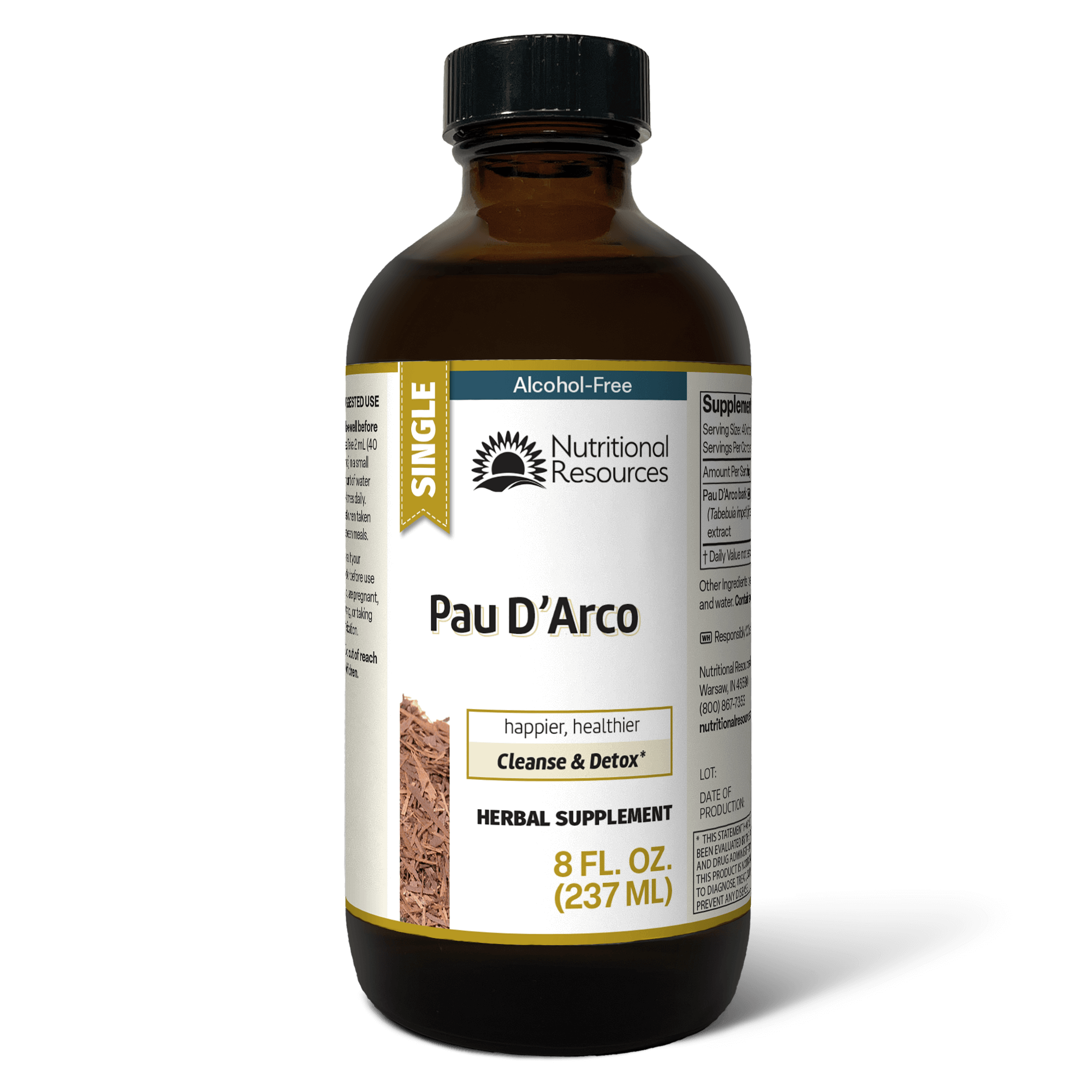
Pau D'Arco
- Pau D'Arco has been used to support general wellness and bolster the body's natural defenses.*
- Tabebuia impetiginosa is a tropical evergreen tree native to the rainforests and subtropical regions of South and Central America, characterized by its distinctive reddish-brown bark, which is harvested for traditional medicinal preparations.
- Its common names include Pau D'Arco, Taheebo, and Lapacho, reflecting its widespread use and recognition across different cultures.
Primary Category:
- Cleanse & Detox*
Other Categories:
Key Ingredient:
Other Ingredients:
Keep out of reach of children.
Choose options





Suggested Use of Herbal Extracts
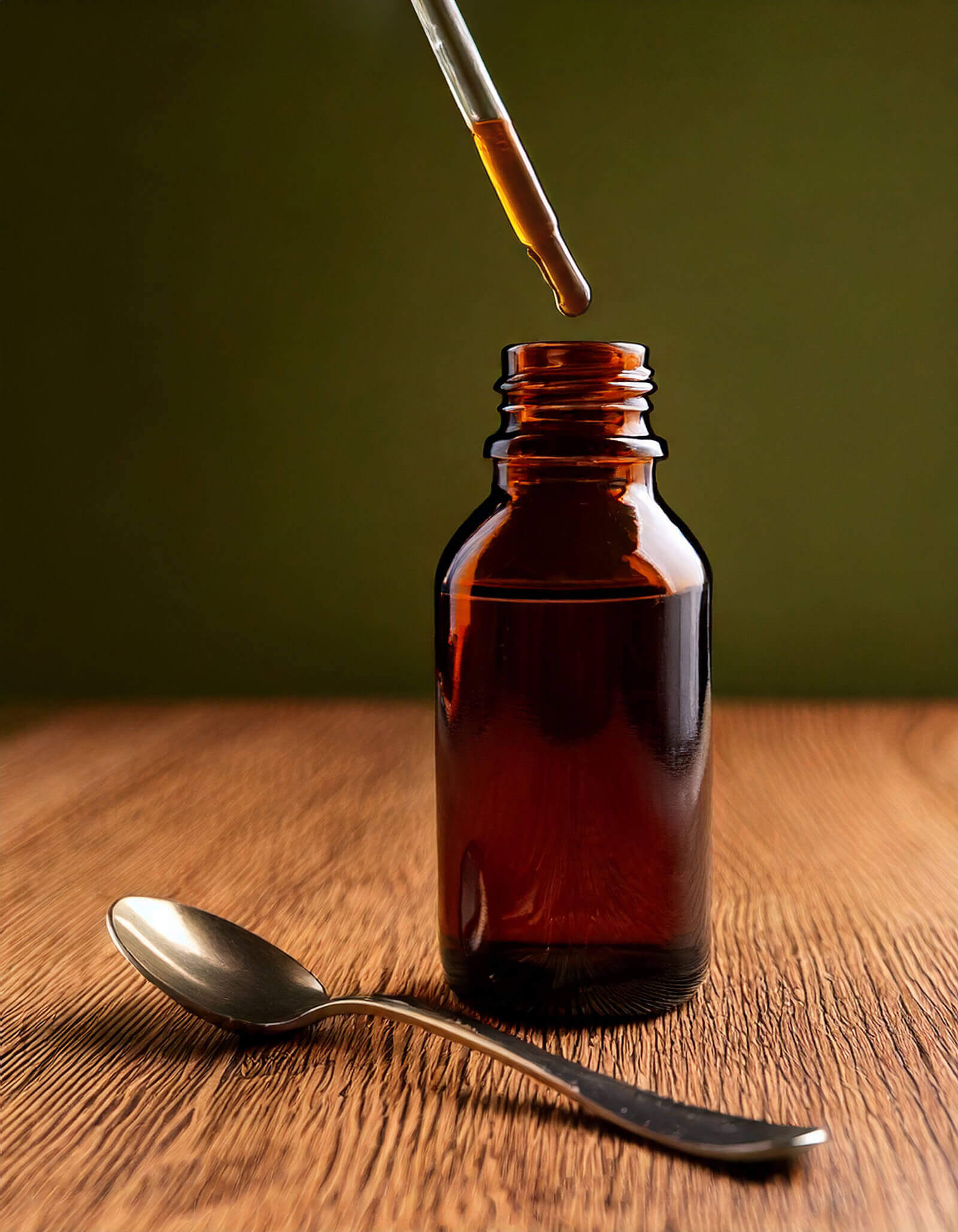

step 1
Shake well.

step 2
Measure 2 ml. This is approximately 2x droppers, 40 drops, OR a quarter-size amount on a spoon.

step 3
Option A — Place extract under tongue, hold for a few seconds, and swallow with a few drinks of water.
Option B — Place extract in 2-4 oz of water and drink.

step 4
Repeat 2-4 times per day. Herbal extracts are most effective when taken between meals.
What about kids?
Herbal extracts are safe and effective for all ages. It is best to err on side of caution when introducing a new product to children. There are two common formulas to calculate smaller doses for your kids.
Fried’s Rule: Take the child’s age in months, divided by 150, then multiply by the adult dose.
Clark’s Rule: Take the child’s weight in pounds, divided by 150, then multiplied by the adult dose.
Example with Fried's Rule: The child just turned 9 years old (9 x 12 = 108 months old). 108 divided by 150 equals 0.72. So the child would take approximately 1.44 ml (or 29 drops).
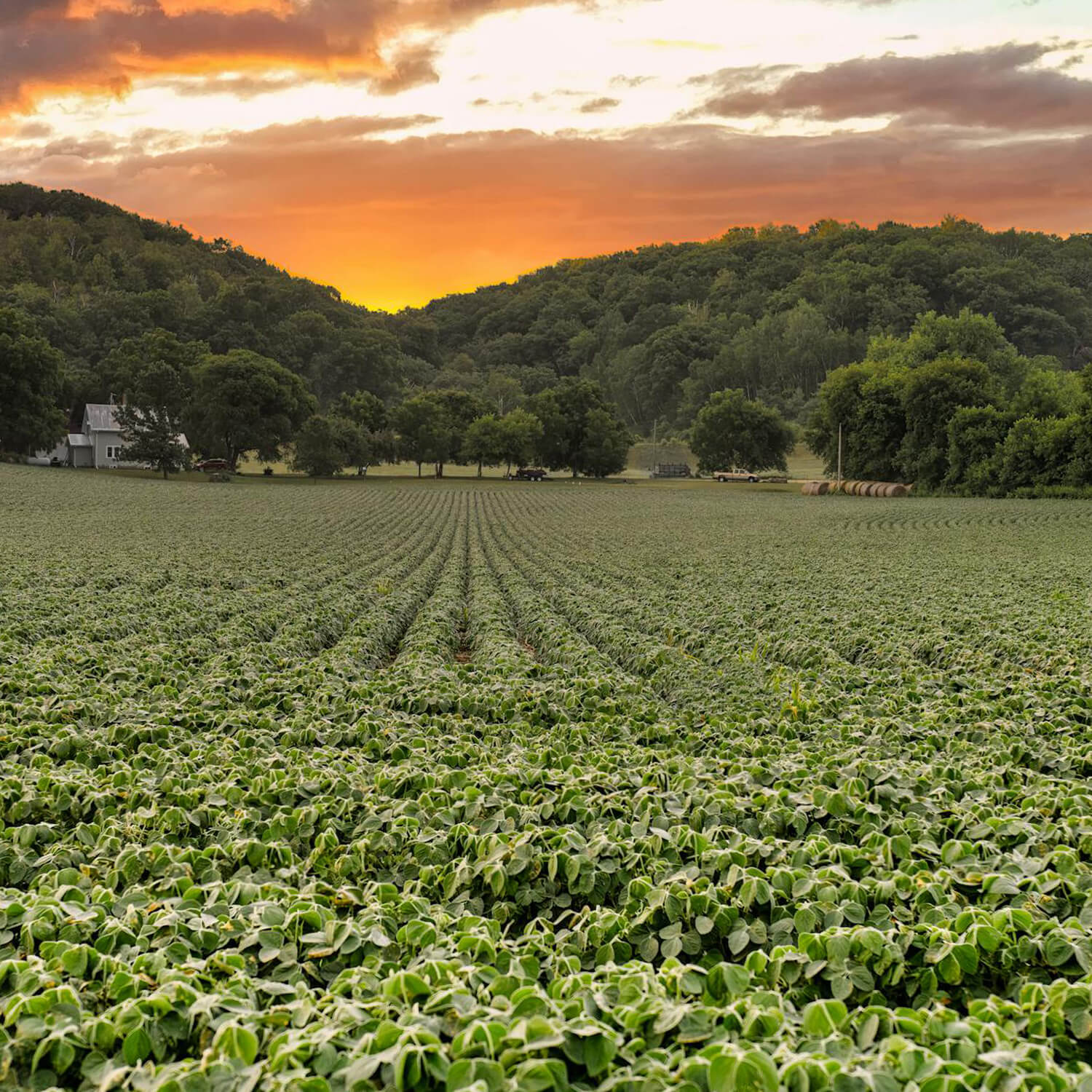

Alcohol-Free ... Always
Nutritional Resources does not use alcohol to create herbal extracts. Instead we use glycerin which preserves the integrity and concentration of the herbs while providing a pleasant, sweet taste.
We use organic vegetable glycerin as the extracting solvent for all herbal extracts.

Herbal Overview:
Pau D'Arco
Common Questions
No. Most herbs have multiple benefits; however, we can only list one wellness category on the label. Our team spent extensive time researching herbal benefits to assign wellness categories, but they aren't perfect. If you find an herbal product that works well for your needs, keep using it!
Nutritional Resources utilizes a unique, multi-step process to manufacture herbal extracts. First, the herbs are dried. Then, they are extracted in glycerin/water mixture.
The next step is a pressurization process which captures the aromatic components of the herbs. In this step, the use of glycerin, instead of alcohol, is especially valuable. Alcohol dissolves volatile oils and destroys some of their therapeutic qualities, while glycerin captures volatile oils and allows them to remain intact.
Finally, a boiling water extract is made to capture the remaining trace minerals, plus many of the bitter and astringent compounds which require heat to break them free from the plant fibers.
Although the process takes more time, we feel it is worthwhile to create a more complete herbal extract than a simple extract alone.
No, due to limited resources, we do not grow our own herbs. We would love to expand our business in the future, but for now, we will stick to what we do best - converting dry herbs to herbal extracts. We use only three trustworthy sources for all of our dry herb purchases and each herb includes a certificate of analysis.
All herbal extracts use organic vegetable glycerin. The herbs we use are either organic or wildharvested. We will always select organic over wildharvested; however, approximately 15% of our herbs are only available wildharvested.
Herbal extracts are naturally gluten free. Additionally, they are produced in a gluten-free facility.
- Orders placed online will ship within 1-2 business days of purchase.
- Free ground shipping is available on all orders $100 and over (excludes Alaska, Hawaii, US Territories, and International shipping).
- For orders less than $100, actual shipping rates will be calculated based on the selected delivery service.
- Orders are shipping with USPS or UPS. Standard and expedited delivery options are available during checkout.
- Book orders may be sent with USPS Media Mail.
For more information about our shipping policy, please view our Customer Care page.





